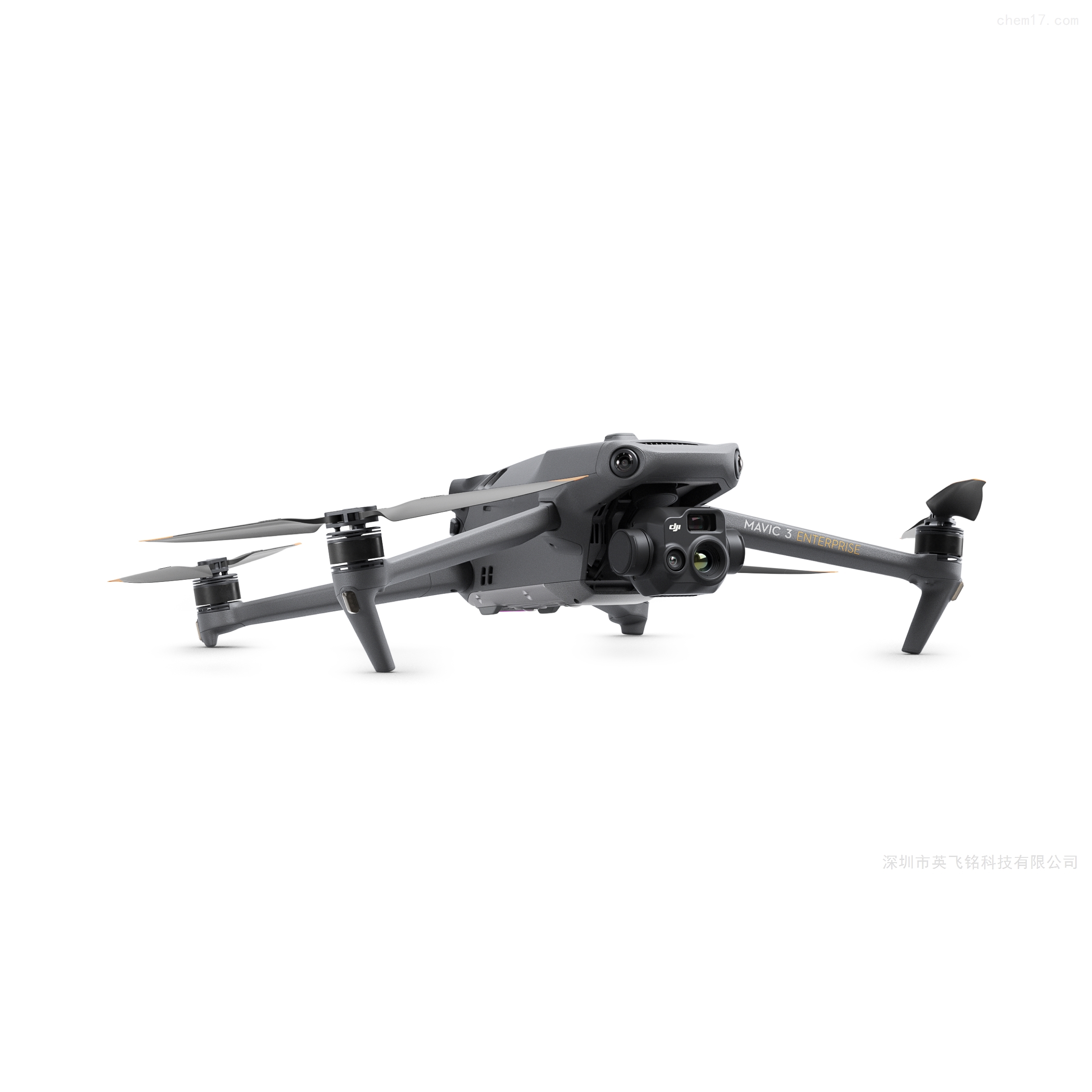Phone:
(701)814-6992
Physical address:
6296 Donnelly Plaza
Ratkeville, Bahamas.

In recent years, the Unmanned Aerial Vehicle (UAV) industry has witnessed explosive growth, evolving from a niche market to a thriving and dynamic sector with far – reaching implications. This remarkable development is driven by a confluence of technological advancements, increasing demand from various industries, and a growing appetite for innovative solutions in both commercial and consumer spheres.
The UAV industry’s supply chain is complex and multi – layered, encompassing everything from component manufacturing to software development and service provision. At the upstream end of the supply chain, semiconductor manufacturers play a crucial role. They produce the microchips that power the flight controllers, sensors, and communication modules within UAVs. These tiny yet powerful chips are the backbone of a drone’s intelligence, enabling functions like real – time data processing, autonomous decision – making, and seamless communication with ground control. Sensor suppliers are another key upstream player. Companies that specialize in manufacturing IMUs, GPS receivers, cameras, and LiDAR sensors are constantly innovating to make their products smaller, more accurate, and more energy – efficient, which directly impacts the performance and capabilities of UAVs.
The mid – stream of the UAV supply chain is dominated by UAV manufacturers. These companies assemble the various components into finished drones, integrating hardware and software to create a functional and reliable product. Some manufacturers focus on high – end, industrial – grade UAVs designed for tasks such as infrastructure inspection, geological surveying, and long – range cargo delivery. These drones often require advanced engineering, with features like heavy – duty frames, powerful propulsion systems, and high – capacity batteries. On the other hand, consumer – oriented manufacturers target the booming market of hobbyist and amateur drone enthusiasts. Their products are typically more affordable, user – friendly, and compact, with features like one – key takeoff and landing, obstacle avoidance, and high – quality built – in cameras for aerial photography and videography.
Downstream in the supply chain, service providers and application developers are making significant contributions to the growth of the UAV industry. Service providers offer a range of services, including UAV training, maintenance, and repair. As the number of UAV users increases, the demand for professional training services to ensure safe and proper operation of drones has surged. Maintenance and repair services are also essential to keep UAVs in optimal working condition, especially for industrial users who rely on their drones for critical business operations. Application developers, meanwhile, are leveraging the capabilities of UAVs to create innovative software solutions. For example, there are apps that allow users to plan and execute complex flight missions, analyze the data collected by drones, and share their aerial photography and videos on social media platforms.
The UAV market is highly competitive, with both established players and emerging startups vying for market share. In the global arena, Chinese companies have emerged as dominant forces. DJI, in particular, has captured a significant portion of the consumer and professional UAV markets worldwide. Its success can be attributed to a combination of factors, including continuous innovation, high – quality products, and competitive pricing. However, new entrants are constantly emerging, bringing fresh ideas and technologies to the table. Some startups are focusing on developing specialized UAVs for niche markets, such as drones designed specifically for wildlife monitoring or indoor inspection of buildings.
The UAV industry also faces several challenges that could potentially impede its growth. One of the most significant challenges is regulatory uncertainty. Governments around the world are still in the process of formulating comprehensive regulations for UAV operation. Issues such as airspace management, flight restrictions in urban areas, and privacy concerns related to drone – mounted cameras need to be addressed. A lack of clear and consistent regulations can create confusion for UAV manufacturers, operators, and users, and may also pose risks to public safety. Another challenge is the issue of cybersecurity. As UAVs become more connected and rely on digital communication systems, they are vulnerable to cyberattacks. Hackers could potentially take control of drones, disrupt their operations, or steal sensitive data collected by the drones.
Despite these challenges, the future of the UAV industry looks promising. Technological advancements will continue to drive innovation. For instance, the development of more efficient battery technologies could significantly extend the flight times of UAVs, expanding their application scope. The integration of artificial intelligence and machine learning will further enhance the autonomy and intelligence of UAVs, enabling them to perform more complex tasks with greater precision. Additionally, the increasing demand for UAVs in emerging fields such as drone – based delivery services, smart city management, and environmental conservation will open up new market opportunities.
In conclusion, the UAV industry is at a critical juncture in its development. While it has achieved remarkable growth and made significant inroads into various sectors, it also faces numerous challenges that need to be overcome. With continuous innovation, proper regulation, and effective risk management, the UAV industry has the potential to reach new heights and transform the way we live, work, and interact with the world.